11 Simple Ways to Add More Protein to Your Diet Without Shakes

Protein is one of the most important nutrients for wellness, crucial for building lean muscle and supporting bone health. “Protein also plays a vital role in supporting our immune system, stabilizing our blood sugar, strengthening our hair, skin, and nails, balancing our hormones, keeping us feeling full throughout the day and boosting our metabolism,” says Baylor Scott & White Health. “But despite its importance to our health and well-being, a combination of the typical Western diet and our busy lives means that we often miss these goals.” If you want to up your protein consumption, there are lots of options to choose from. Here are 11 simple ways to add more protein to your diet—no shakes necessary!
RELATED: This Tiny Protein Trick Melts Belly Fat.
Beef Jerky
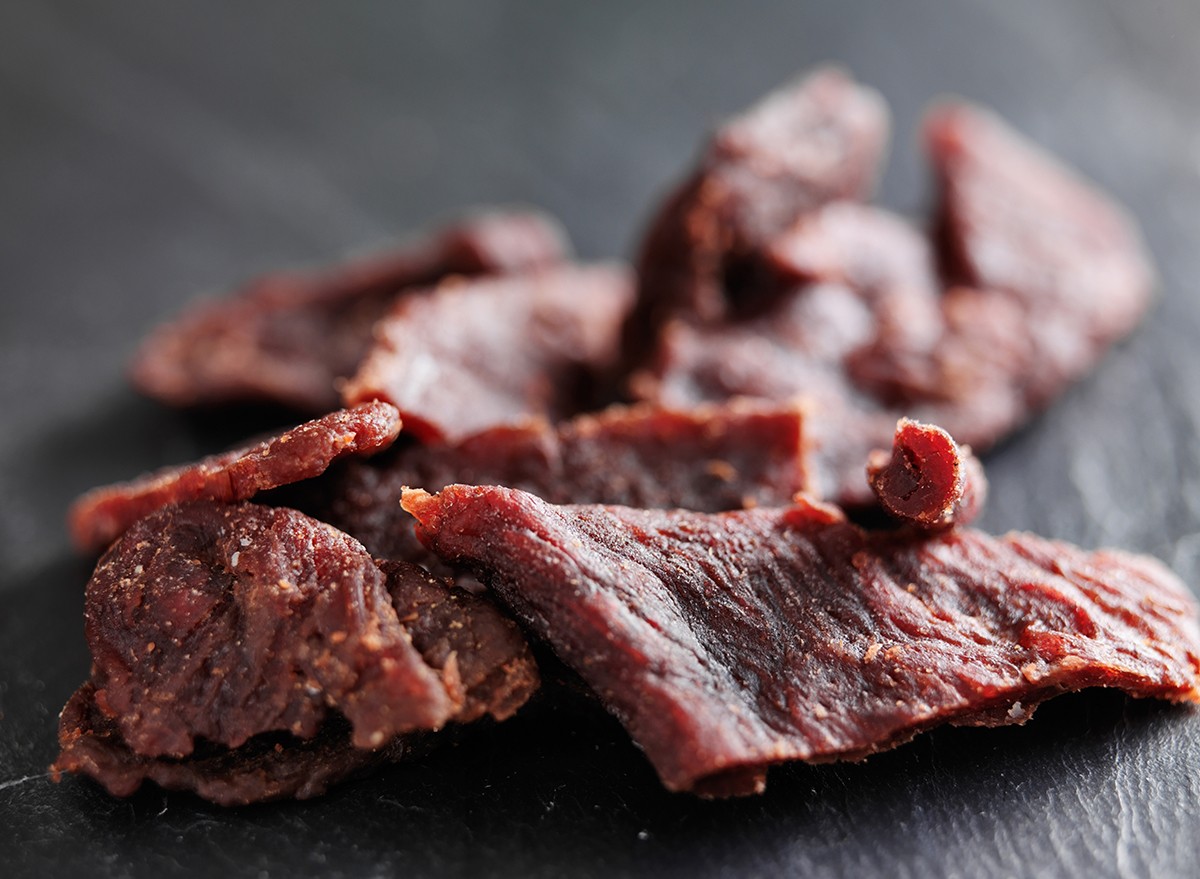
Lean beef (or whatever meat you prefer) jerky is a convenient way to get more protein—just make sure to read the label for added sugars and other unhealthy additions. “Protein is a key nutrient that can significantly boost metabolism,” Craig L. Floch, MD, tells Nuvance Health. “When you consume protein, your body works harder to break it down and digest it, compared to fats and carbohydrates. This process, known as the thermic effect of food, can boost your metabolic rate and help burn more calories.”
Tofu and Edamame
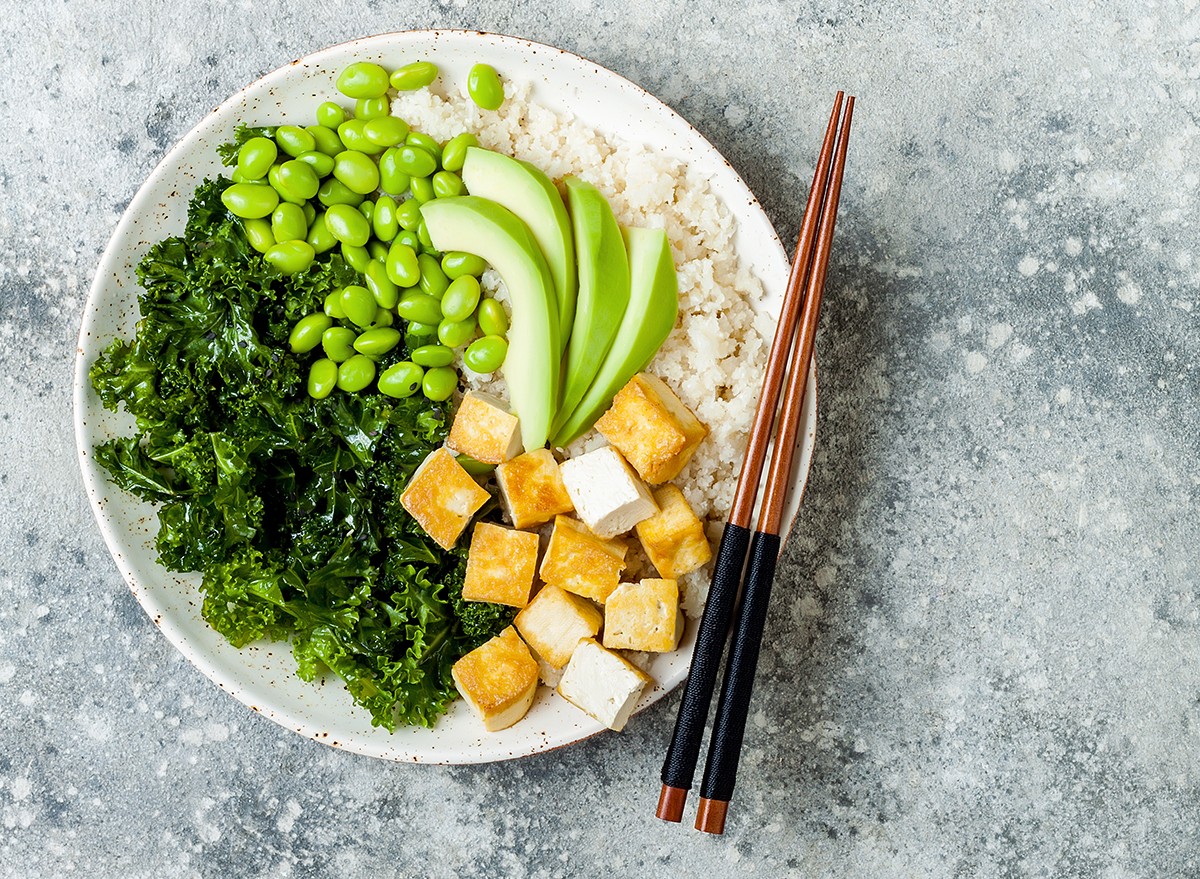
Soy-based foods such as tofu and edamame are another great source of plant-based protein. “Soy is a nutrient-dense source of protein that can safely be consumed several times a week, and probably more often, and is likely to provide health benefits,” says Harvard Health. “Especially when eaten as an alternative to red and processed meat.”
Eggs
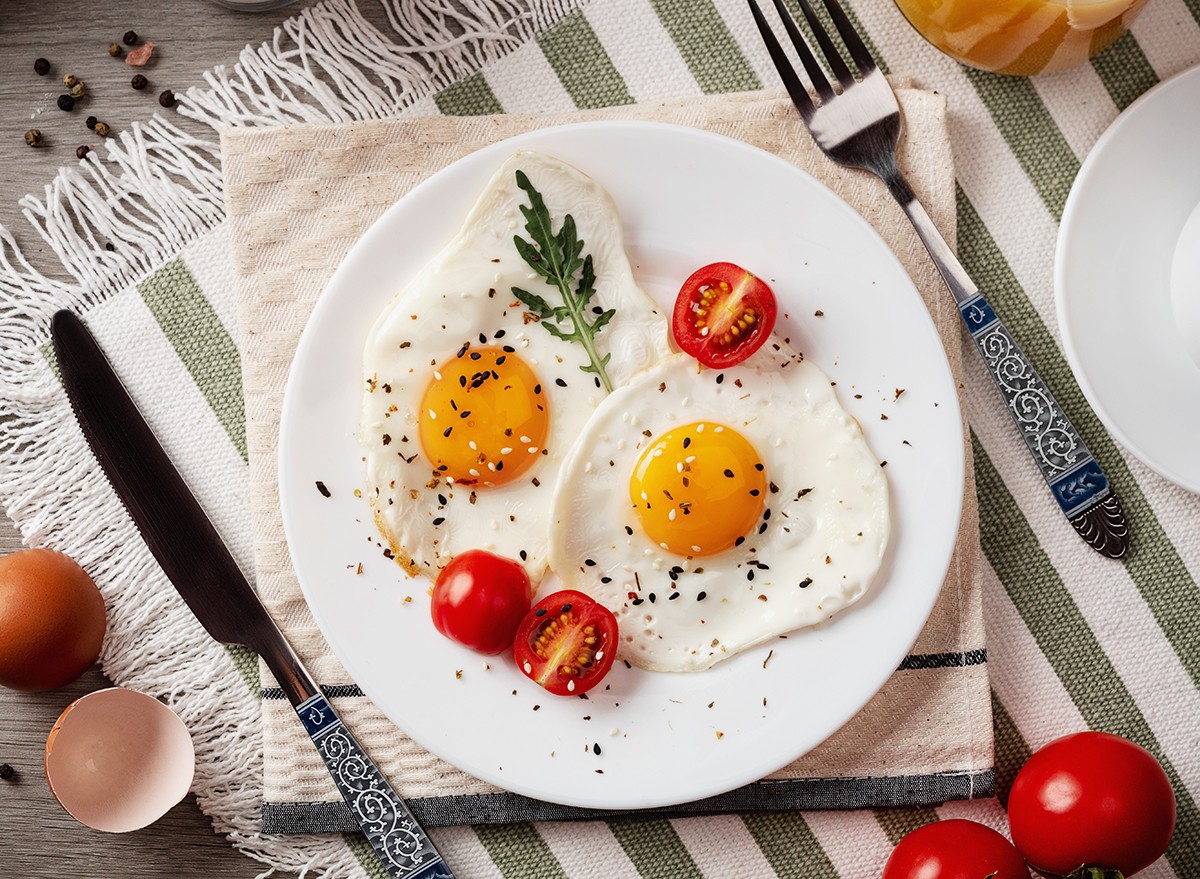
Eggs are a versatile food that not only has protein but a host of other nutrients. “The nutrient profile of eggs also yields itself to provide greater satisfaction at a meal, meaning it can help with satiety, which is great for those trying to lose weight,” Rachel Bunch, RD, LD, tells Parkview Health. “Eggs have been shown to suppress appetite and decrease plasma ghrelin levels. Ghrelin is a hormone responsible for appetite stimulation.”
Fatty, Oily Fish
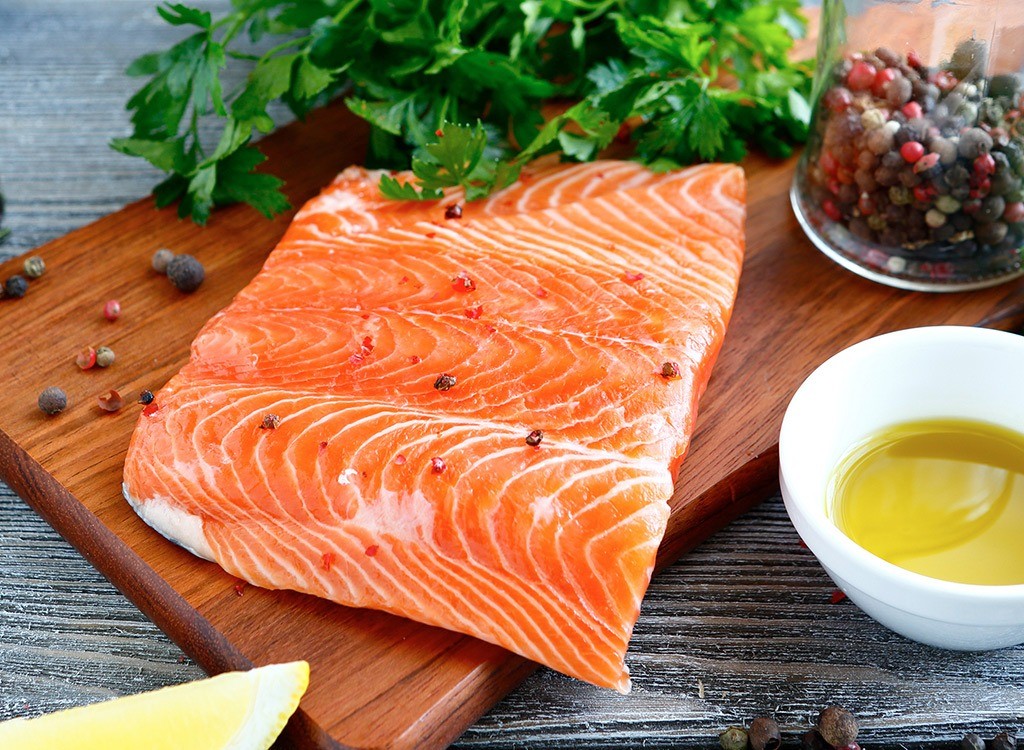
Oily fish such as salmon are high in protein and healthy fats. “Oily fish is an excellent source of omega-3 fatty acids, which reduce inflammation and promote heart health,” nutritionist GQ Jordan tells The Telegraph. “Lowering inflammation can help regulate cortisol levels, a stress hormone that, when chronically elevated, can impair metabolic processes and contribute to weight gain. Omega-3s also improve insulin sensitivity, helping you use sugar more effectively and reducing fat storage.”
RELATED: 11 High-Protein Breakfasts to Burn Fat.
Greek Yogurt
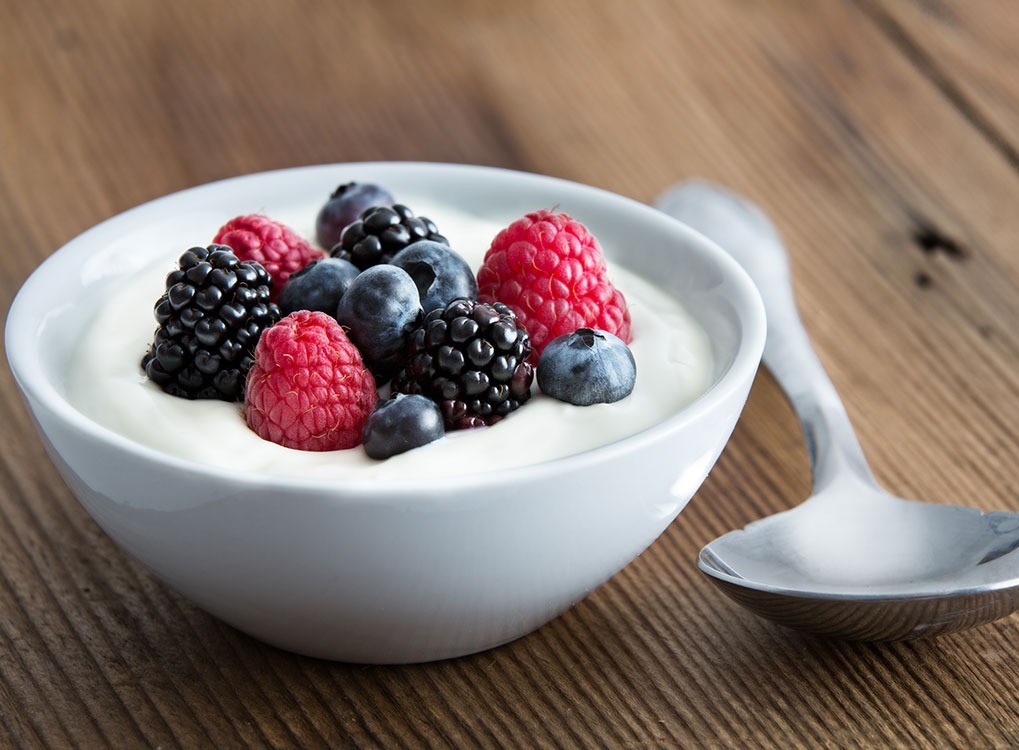
Greek yogurt scores high points for protein and is good for your gut, too. “Greek yogurt is an excellent source of protein and prebiotics, which support gut health,” nutritionist Rhiannon Lambert tells The Telegraph. “The high protein content helps with muscle maintenance and satiety, while probiotics aid in digestion and nutrient absorption.”
Lima Beans
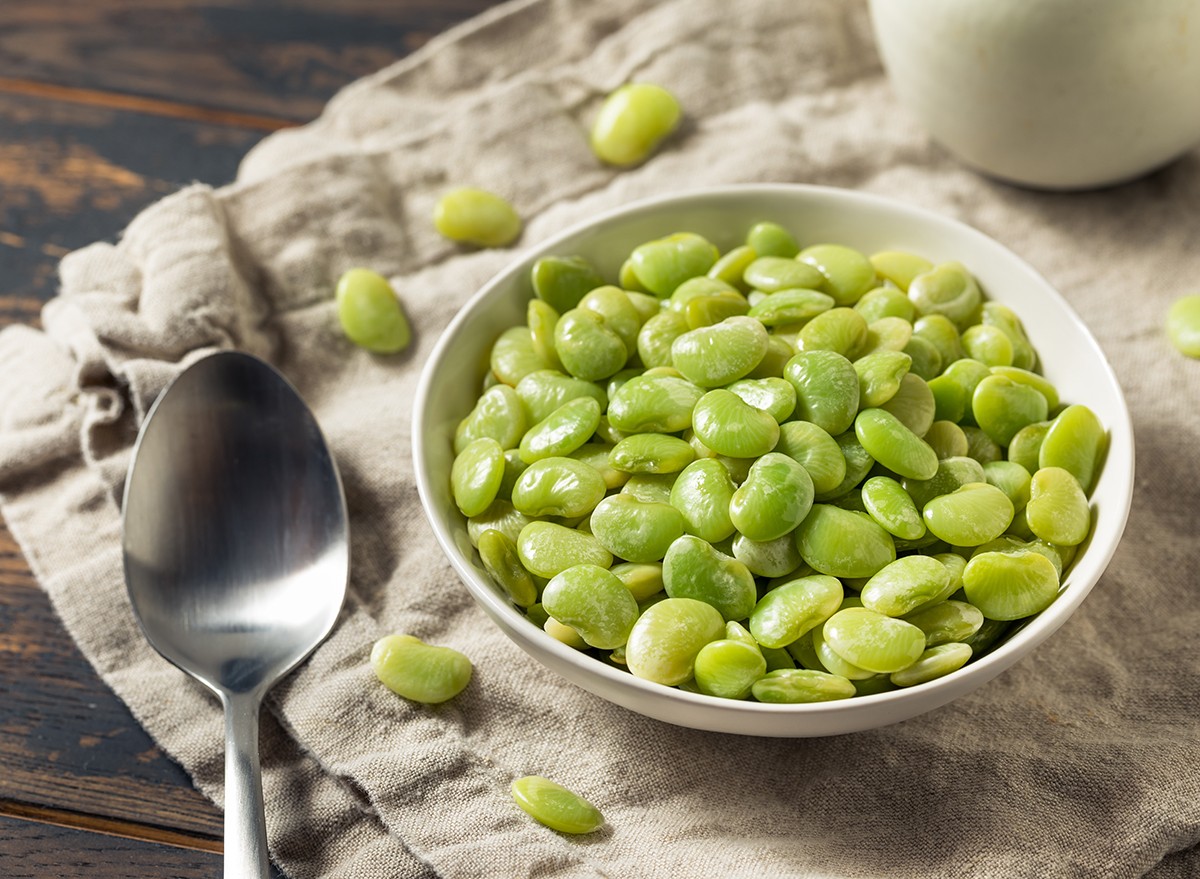
Lima beans are high in both plant-based protein and fiber . “Protein plus fiber keeps us full longer, which means you don’t feel the urge to eat as often,” chef and dietitian Nancy Waldeck tells Piedmont Health. “This helps keep weight down while fueling our cells with the right nutrients they need.”
Cottage Cheese
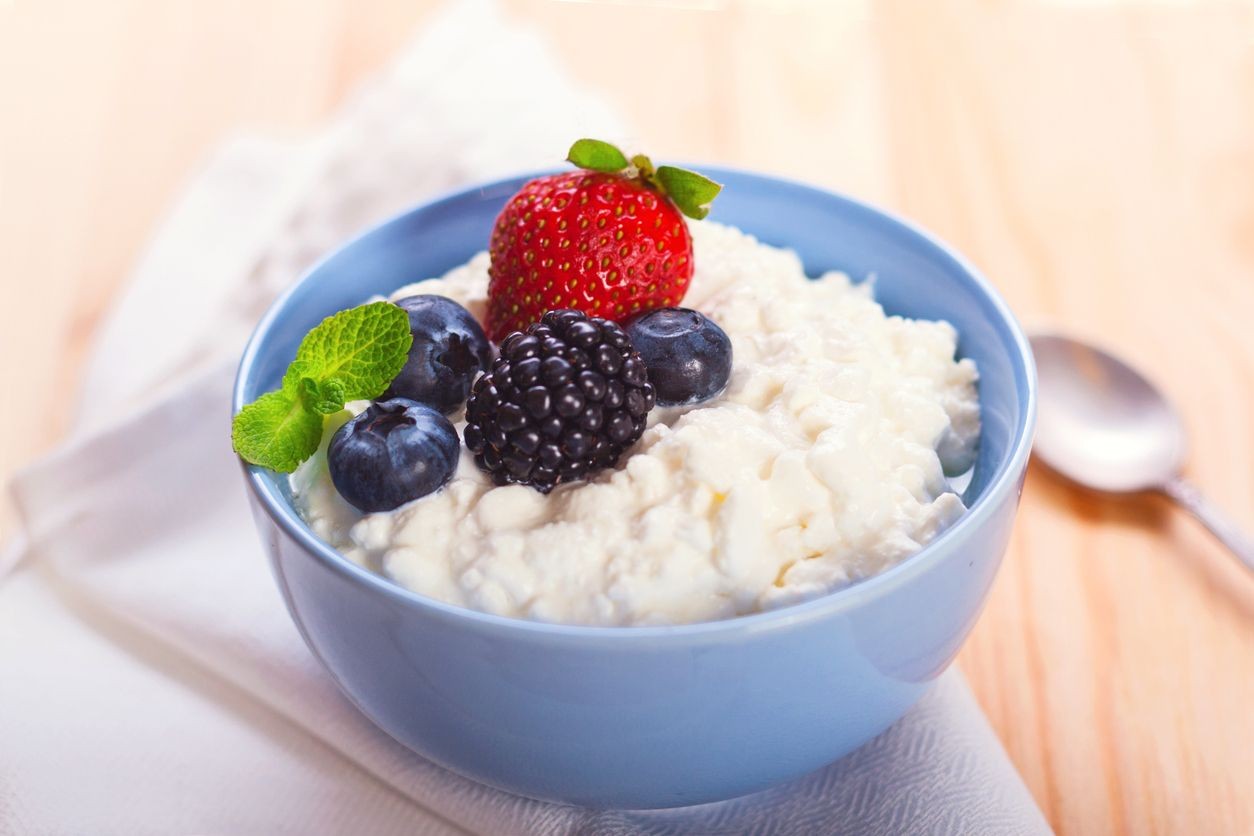
Cottage cheese is a great source of protein. “Dairy products like cottage cheese and Greek yogurt provide plenty of bone-building minerals and pack in the protein,” says Dana Angelo White, MS, RD, ATC, via Food Network. “With 30 grams per cup for cottage cheese and about 20 grams for Greek yogurt, they’re ideal, hunger-fighting additions to any smoothie, breakfast or snack.”
Chickpeas
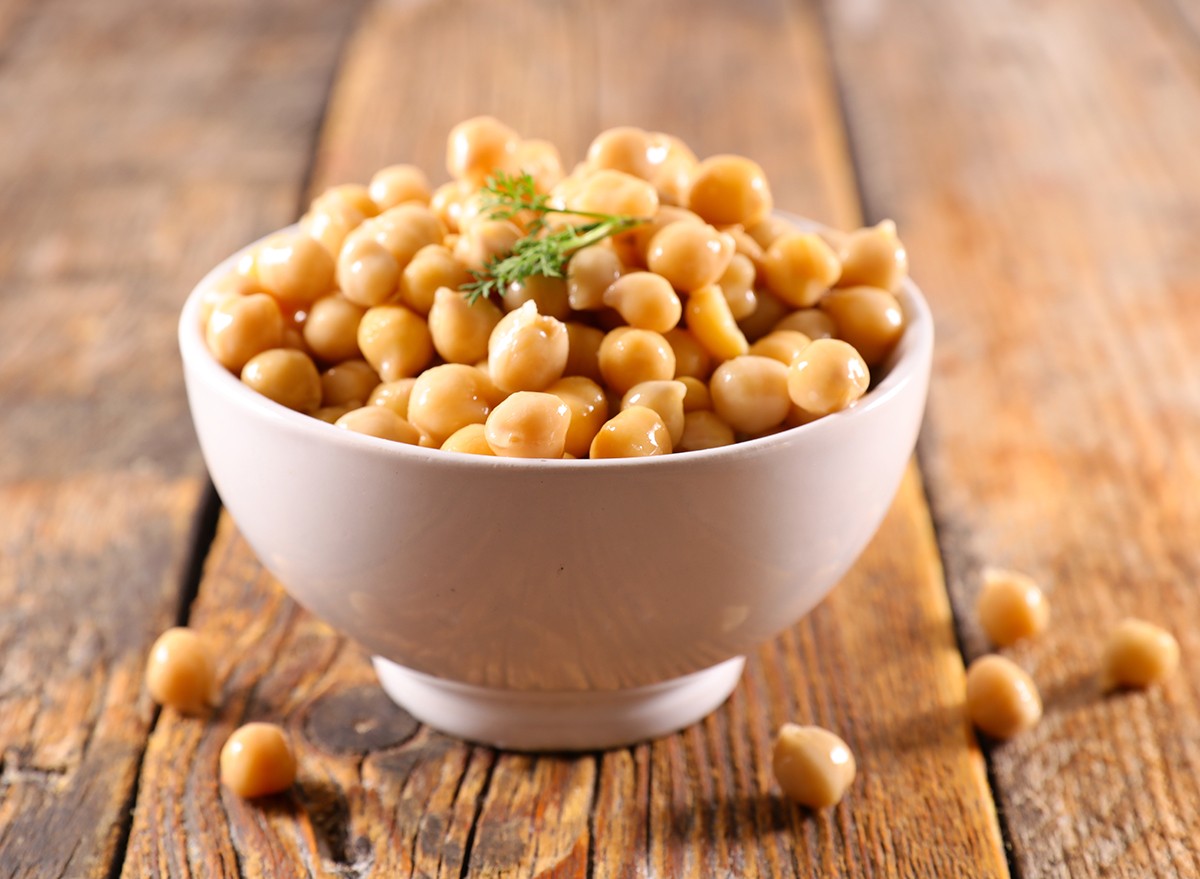
Chickpea-based dishes such as hummus are a delicious way to incorporate more protein into your diet. “While naturally low in saturated fat, chickpeas are nutrient-dense,” dietitian Caitlin Terpstra tells Mayo Clinic Health System. “They provide nearly 20 grams of protein in a ½-cup serving and 5 grams of dietary fiber. Chickpeas also are a source of folate, iron, vitamin C and phosphorus.”
RELATED: The No. 1 Snack to Keep You Full for Hours.
Lentils
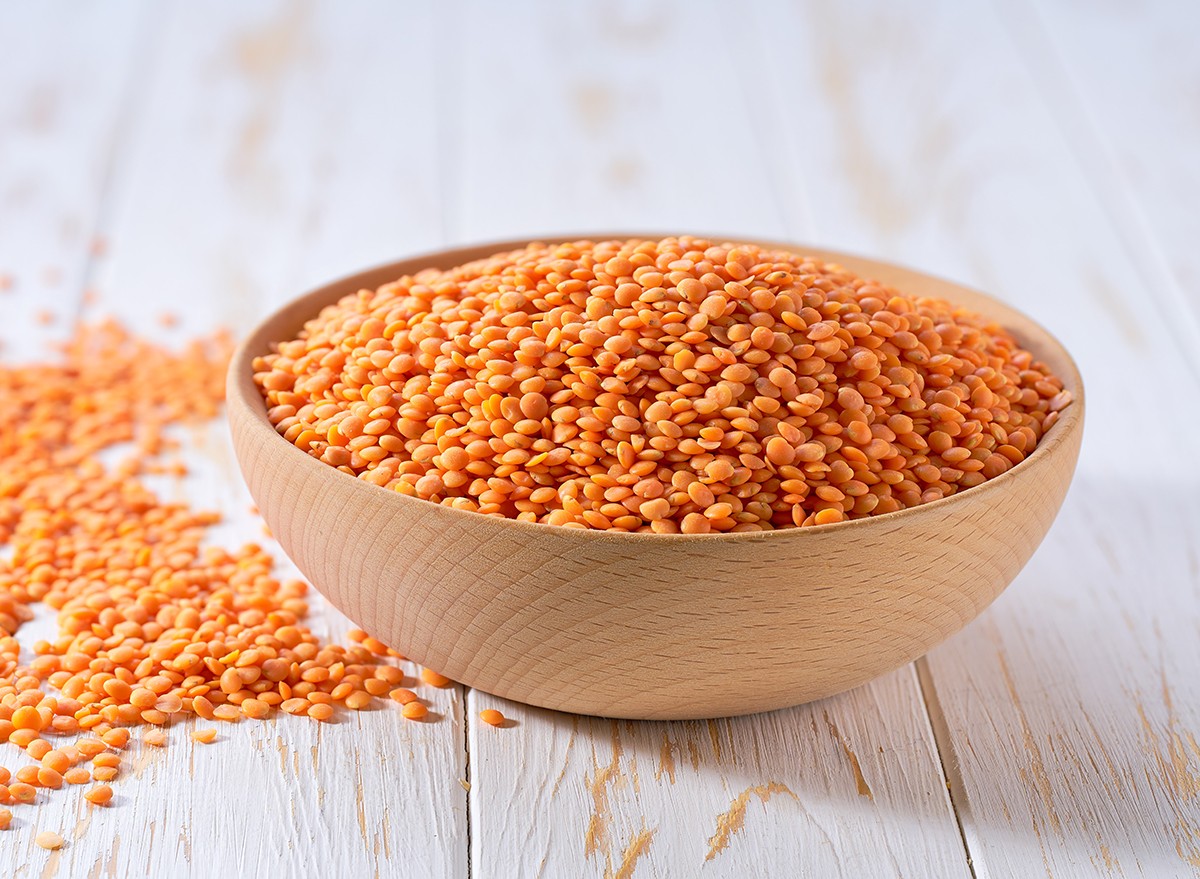
Lentils are a versatile option for plant-based protein. “Lentils are a type of legume and are packed with iron, magnesium and potassium,” says UnityPoint Health. “They are a great plant protein and fiber source with 8 grams of each. Lentils come in a variety of colors including red, brown, green and yellow. All are equally healthy for you.”
Nuts and Seeds
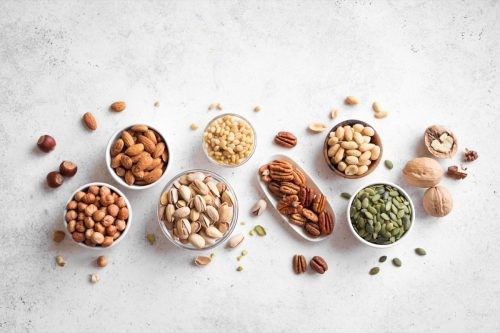
“In just a handful of nuts, which is about an ounce or a quarter of a cup, you get a lot of bang for the buck,” registered dietitian Kathy McManus, director of the Department of Nutrition at Harvard-affiliated Brigham and Women’s Hospital, tells Harvard Health. “They contain anywhere from 3 to 7 grams of protein per ounce, 1 to 3 grams of fiber, and 160 to 200 calories.”
Quinoa
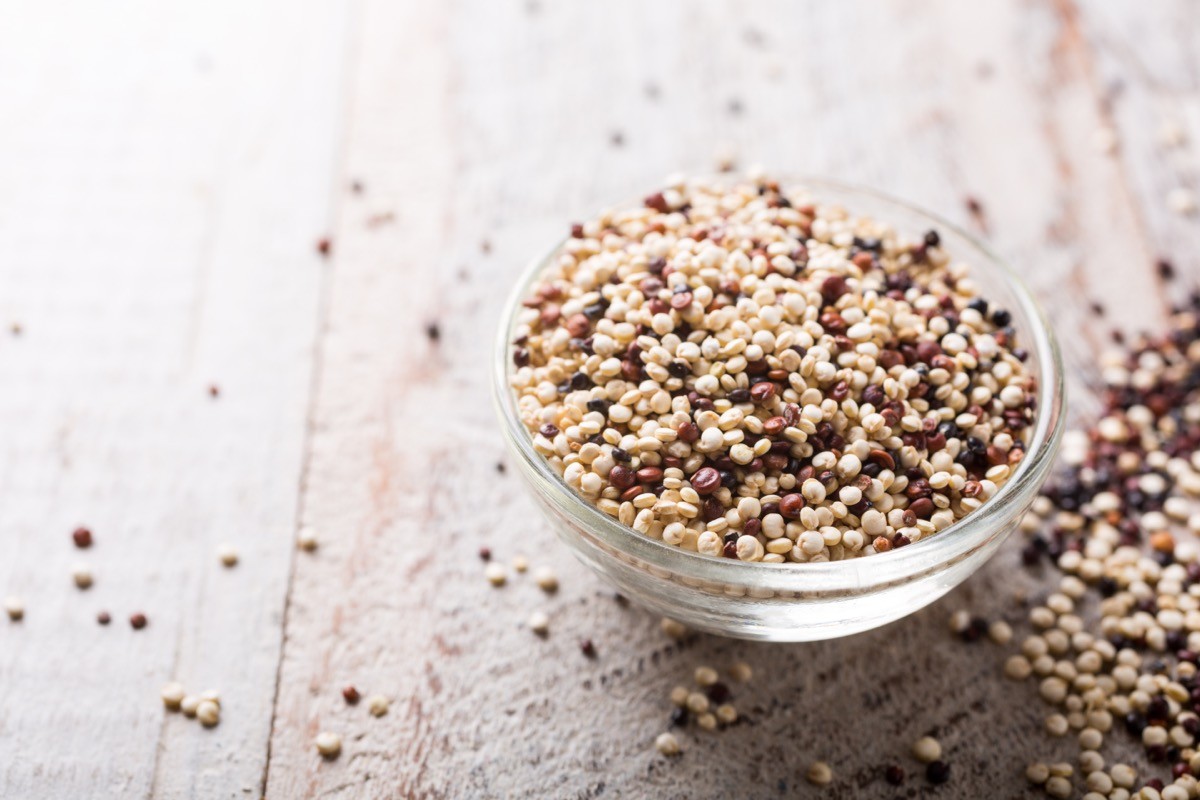
Quinoa is another plant-based food with plenty of protein. “Quinoa is one of the few plant foods that contain all nine essential amino acids,” Beth Czerwony, RD, LD, tells the Cleveland Clinic. “Most complete proteins are meat, so eating quinoa helps you get your protein without the possible health risks of meat. It’s a great protein option for vegans and vegetarians — and omnivores, too.”